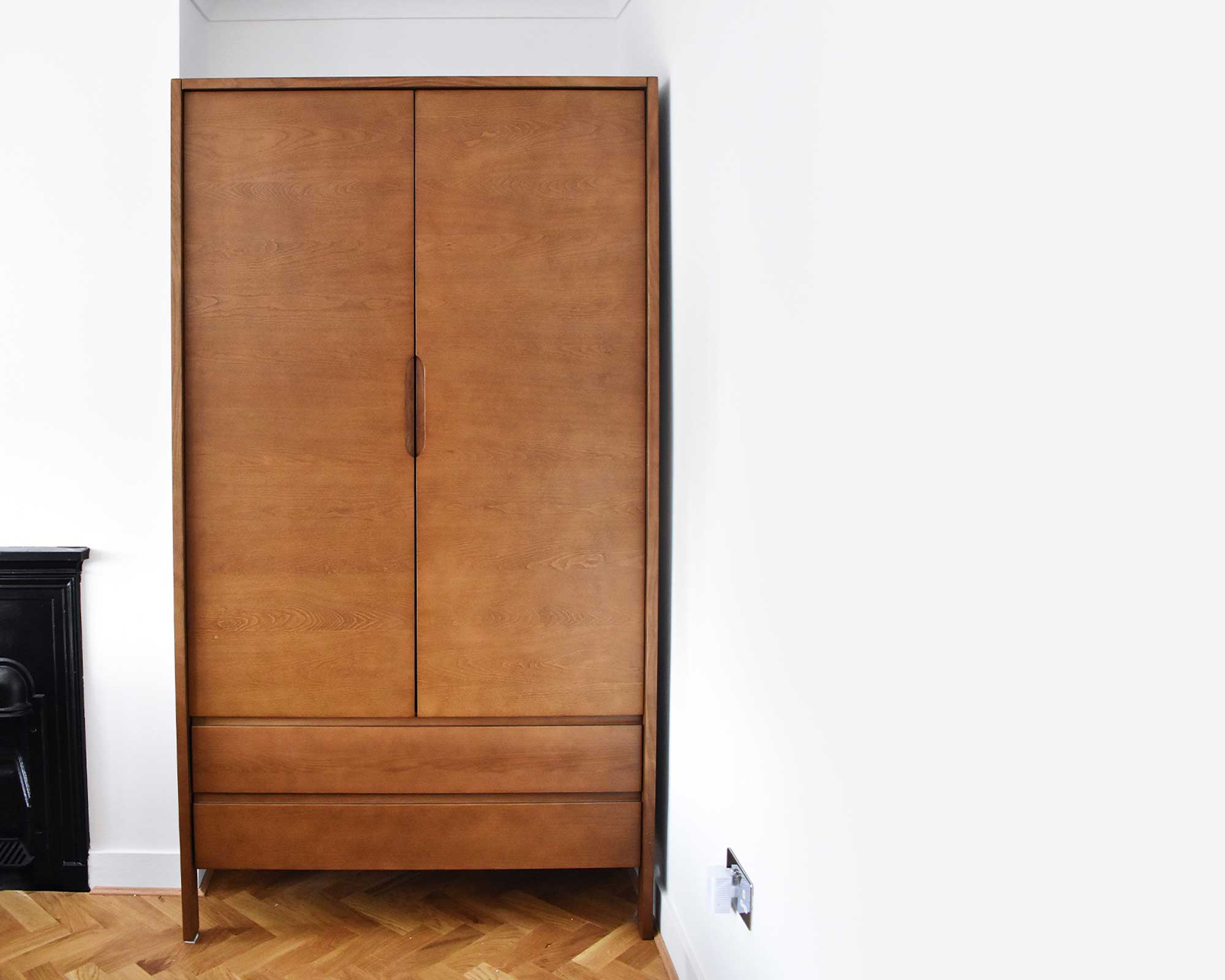It’s time to start thinking like someone from a different era as we learn how to make a sustainable wardrobe.
When I used to visit my grandmother’s house I’d head straight to her wardrobe. Inside was treasure: embroidered summer blouses, knitted skirt sets, beaded jackets. I’d lose myself for hours trying on dresses that completely enveloped me. To this day, I’m still drawn to those sorts of garments and perhaps it’s because we’ve lost what made them so special… The buying habits of our generation are completely unrecognizable to our grandparents, and they clearly aren’t working for us (I’m looking at you, fast fashion). I think it’s time to start thinking like someone from a different era as we learn how to make a sustainable wardrobe.
Invest in higher quality clothes
Clothes used to be viewed as a lifelong investment, so our grandparents would buy the highest quality they could afford, and only ever what they needed. This meant that each purchase broke the bank a little, and that’s actually not a bad thing. Our generation rides the high of buying cheap clothes only to experience crushing disappointment as we realize that we hate the new junk just as much—often before we’ve even worn it!
But when you start buying quality, you will end this eternal struggle of hating your closet. And you will be helping the planet as you do.
Spending at a higher price point rules out virtually all fast fashion. Because the items cost more up front—but less in the long run—we have to carefully consider what we buy, and this is 100% the key to a sustainable wardrobe that you want and love. It also means that we’re forced to make fewer purchases, and what you do invest in won’t end up where clothing goes to die. The negative impact of fabric waste on the environment is no small thing!
If you can manage to find quality clothes secondhand, that is even better—you’ll be surprised how many pairs of sturdy 100% cotton jeans you can find still in mint condition at your local op shop, or through online resale platforms.
Learn to care and repair
Our grandparents had their garments tailor made or even sewed their own, and while this isn’t always realistic today, there are things we can learn from it. When you invest in a quality design, it will sit better off the rack. And if it isn’t perfect, have it altered to ensure it sticks around in your closet for a long time to come. We hate our wardrobes because cheap clothing is poorly made, doesn’t fit well, and is constructed of low-quality fabrics that look trashy and feel uncomfortable. But quality, sustainable fabrics like linen can require special care, so you need to learn how to look after them.
While a wardrobe full of investment pieces will last a long time, when general wear and tear occurs, we need to follow our grandparent’s advice and mend them rather than giving up and tossing them.
If you don’t have a sewing machine at home, take it to be repaired by a local tailor.
It will cost less (for you and the planet) than investing in a new piece, and you will support a local worker to boot. If you’ve truly outgrown something, you can sell it to someone who will love it as much as you once did, and make a return on your investment that can go into your next needed piece.
Another top tip from our grandparents on how to make a sustainable wardrobe is a pretty simple one that can often be overlooked: dry your clothes on the line! No matter the fabric, using a dryer will damage the garment in the long run, all while increasing the release of harmful microfibres into the environment. Oftentimes you can even skip a wash and just hang items like jeans or jackets in the sun for a few hours to help with mild odours.
I find myself wondering how much of my wardrobe will survive for my granddaughter to play with. Could she really spend hours dressing up in cheap dresses quickly stitched together at minimum cost? When we start seeing clothing as our grandparents did, we both reduce wasteful purchases and increase the wear count, which is the most sustainable thing that we can do, along with buying secondhand. So take these steps to look after the clothing you already own, and when you need to buy new, invest in the highest quality that you can afford…whatever that figure is for you. You’ll end up owning a closet full of treasure, too.


















